Pumpkins aren’t only for the fall! Rich in beta-carotene and vitamin C, there are plenty of reasons to eat them outside of Thanksgiving season. This Pumpkin Thai Soup is sweet and creamy. Use
Thai Pumpkin Soup
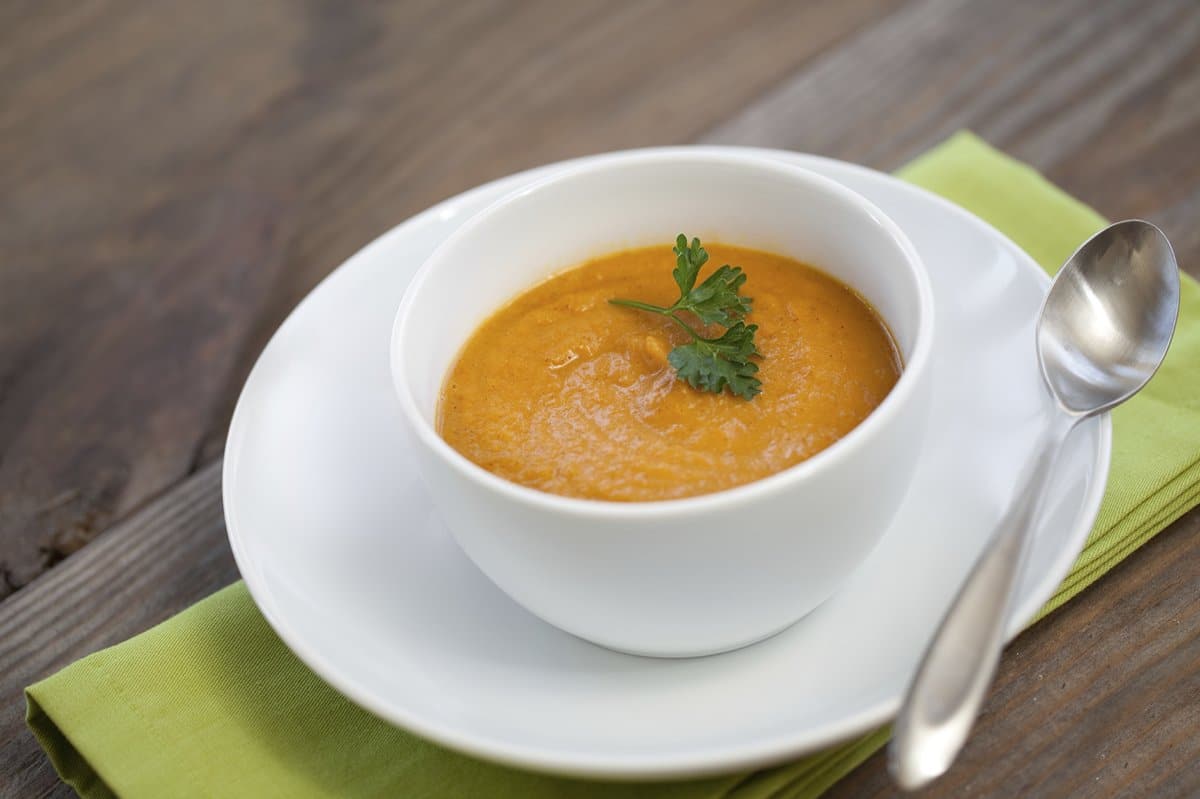

Pumpkins aren’t only for the fall! Rich in beta-carotene and vitamin C, there are plenty of reasons to eat them outside of Thanksgiving season. This Pumpkin Thai Soup is sweet and creamy. Use
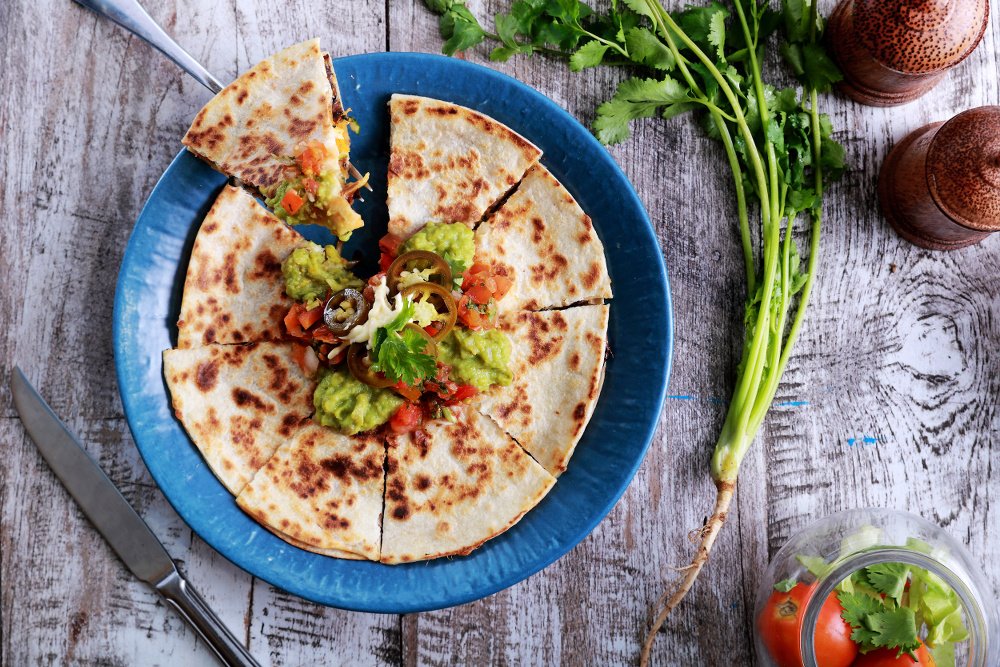
Quesadillas are often made from gluten-filled, starchy white flour tortillas. Price-Pottenger has created a recipe for a classic quesadilla that is gluten-free, using Julian Bakery’s Paleo Wraps and Organic Pastures Truly Raw Cheddar. You
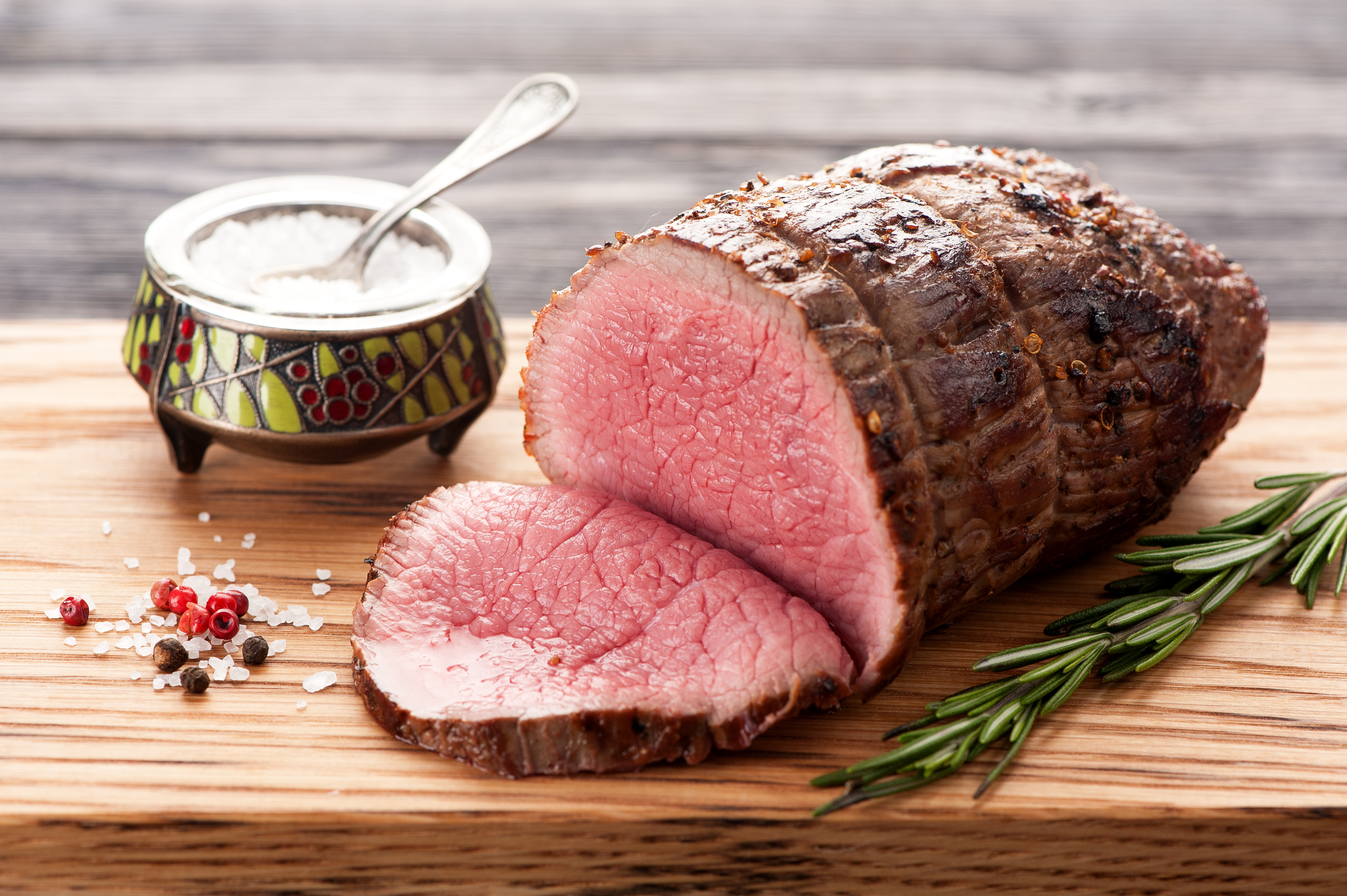
Want a recipe that is health-promoting which can be enjoyed by everyone for your holiday party, family event, or just an everyday meal? Try this grass-fed roast beef recipe, rich in vitamin B12,

By Aimee McNew Serves 1 Prep Time: 5 minutes Cook Time: 5 minutes Ingredients 2-3 tablespoons raw cacao powder (2 for “milk” chocolate, 3 for “dark” chocolate) 1 tablespoon coconut sugar or raw
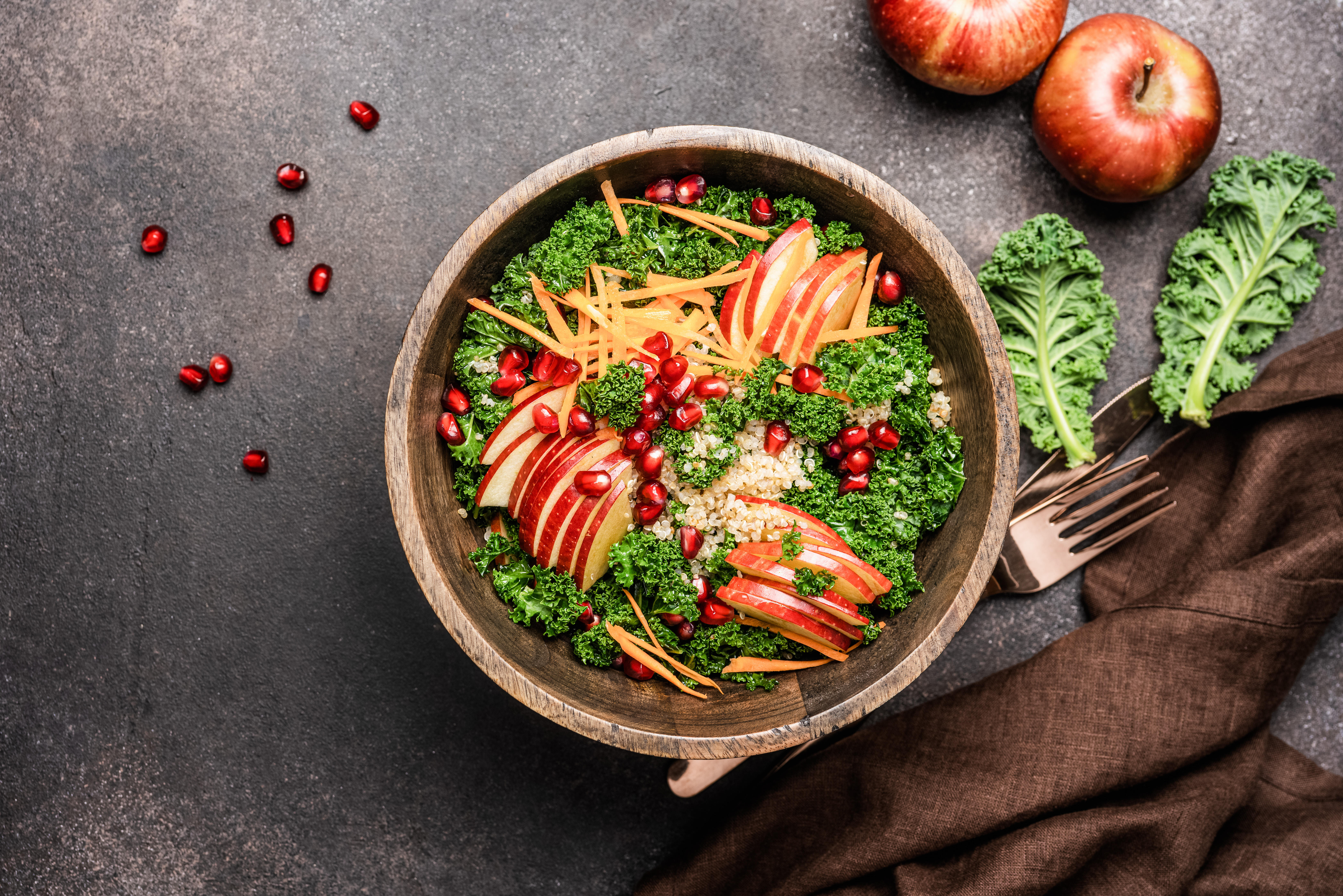
Background info: Among the oldest of cultivated fruits, the pomegranate has been revered for millennia for both its succulent fruit and its medicinal qualities. Pomegranates being used as an antibacterial measure dates back
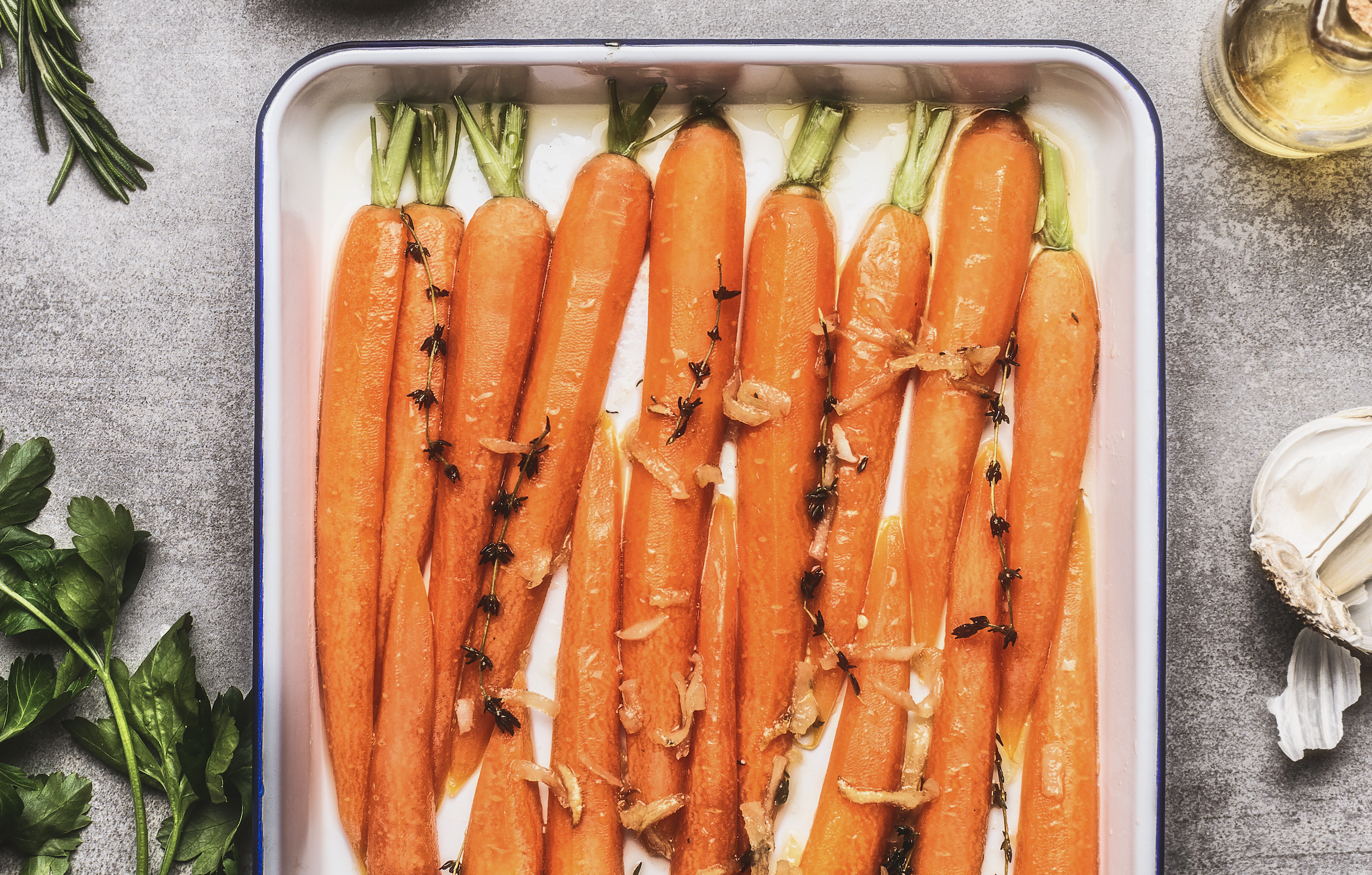
By Aimee McNew Serves 4 Prep Time: 10 minutes Cook Time: 20-30 minutes Ingredients 15-20 large carrots, washed, trimmed if desired 2 tablespoons avocado oil 1 teaspoon Himalayan sea salt 2 teaspoons raw
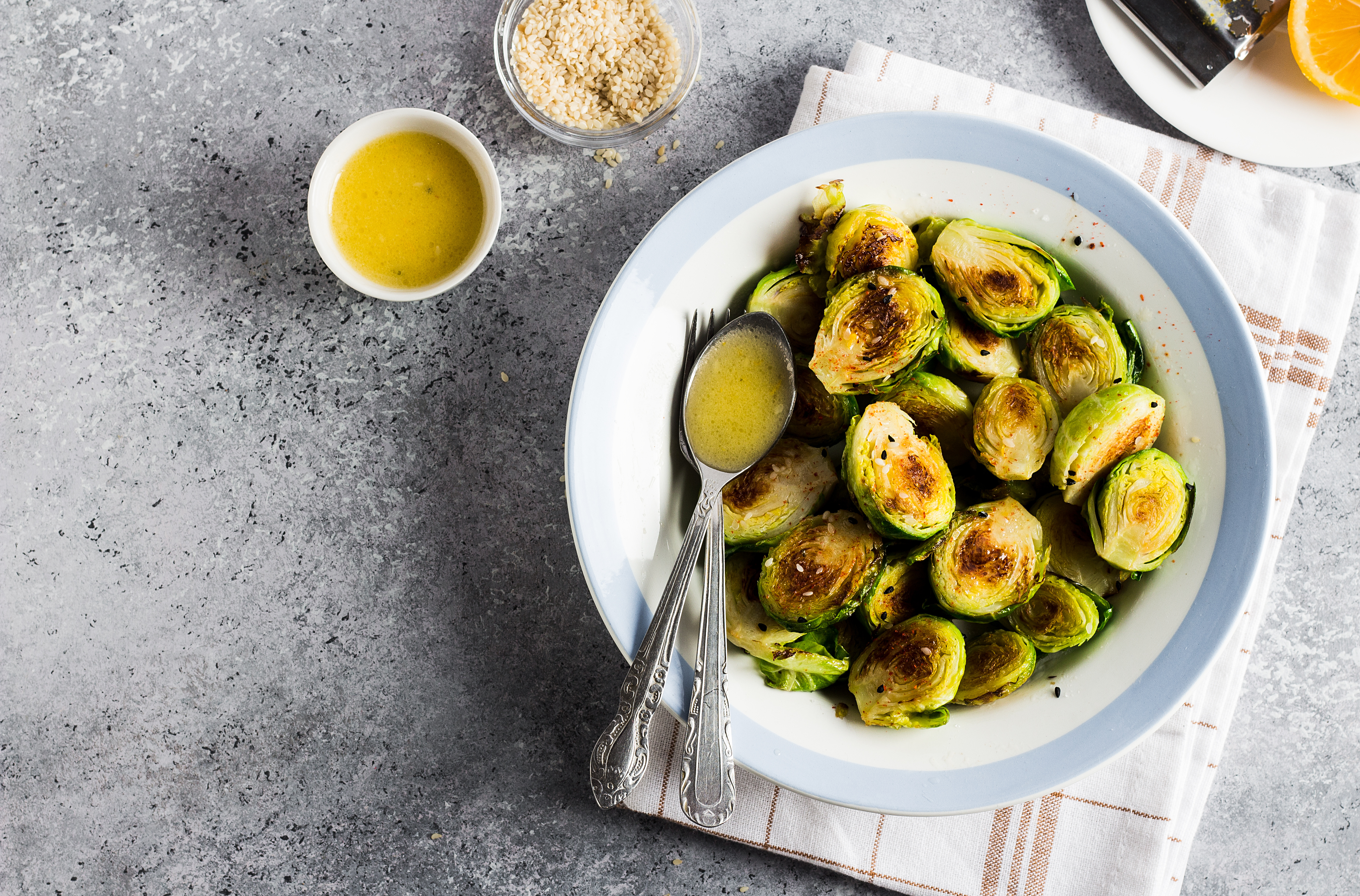
By Aimee McNew Serves 4 Prep Time: 10 minutes Cook Time: 20-30 minutes Ingredients 2 lbs Brussels sprouts, halved or quartered, stems removed 3-4 tablespoons avocado oil 1 teaspoon Himalayan sea salt ½
